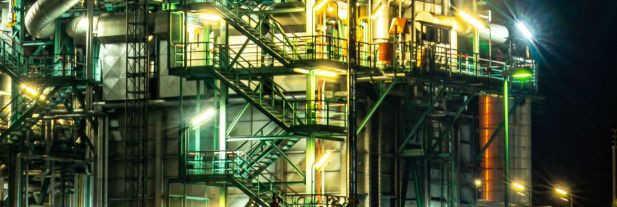History - Viru RMT
In 1921, a pilot oil shale processing plant was launched in Kohtla-Järve, where shale oil production was tested using retorting, i.e., heating oil shale in the absence of air. Encouraged by unexpectedly good results, four oil shale processing plants were built between 1924 and 1942.
In 1945, following a resolution by the USSR State Defense Committee, the construction of a new oil shale processing complex began in Kohtla-Järve under the slogan "Gas for Leningrad."
Starting in 1948, household gas produced from oil shale was pumped to Leningrad. Later, the gas pipeline was extended to Tallinn and other cities in northern Estonia.
In 1947, the automation workshop was established within the oil shale processing complex. In 1992, it was transformed into a subsidiary company, KJ Automaatika OÜ.
Viru RMT is a subsidiary of Viru Keemia Grupp AS (VKG), established on September 1, 2001. The company was founded based on the repair and mechanical workshop of Viru Oil Industry AS (renamed VKG Oil AS on July 20, 2005), which gives it long-standing experience in servicing the chemical and energy industries.
In 2003, VKG’s subsidiary KJ Automaatika OÜ was merged with Viru RMT, forming a new production unit for the maintenance of water supply and sewage networks. At the time of the merger, the company had 171 employees and a turnover of €2.207 million.
In 2005, the Production Department was established and developed. Between 2006 and 2007, modern preparation and assembly divisions, painting, welding, and installation departments were set up in the company.
In 2007, a Construction Department was created within Viru RMT's structure.
In 2008, a design group was established.
Viru RMT has held an ISO 9001 certificate since 2006. In 2007, the company received an international certificate confirming compliance with the OHSAS 18001 occupational health and safety standard.






Comments (0)